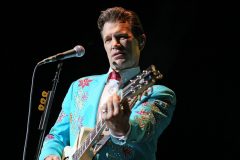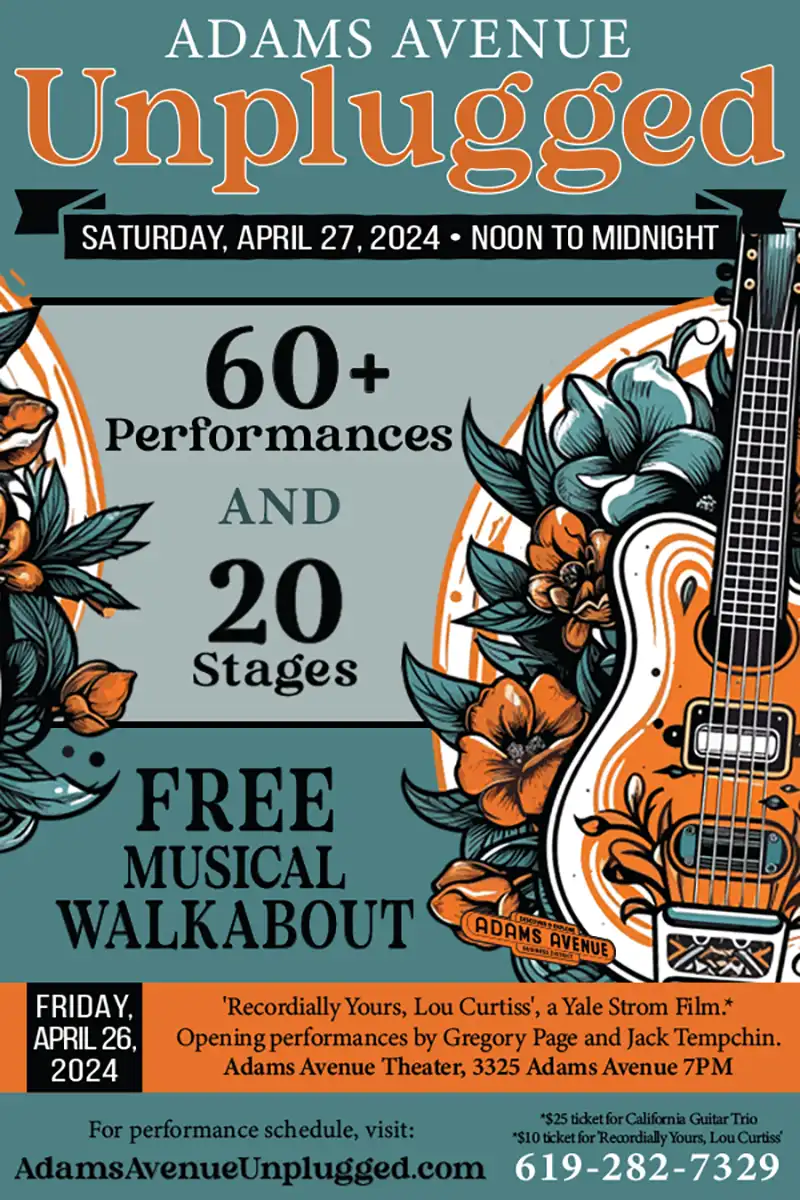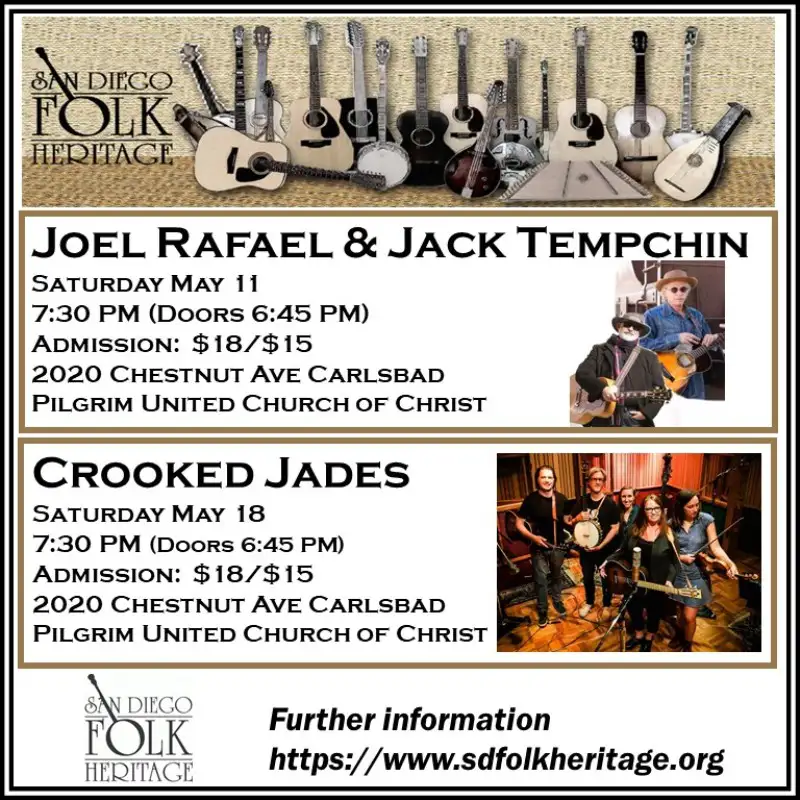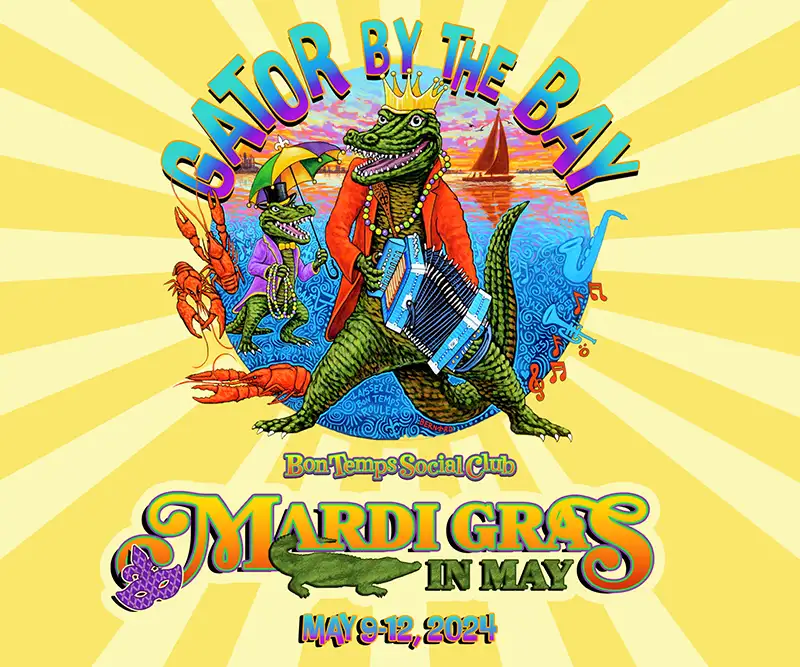Tales From The Road
Chris Isaak Goes Beyond the Sun on his Latest Album

Chris Isaak
In 2011, Chris Isaak took the long overdue step of recording an album at Sun Studios in Memphis, Tennessee. It wasn’t just any album, it was faith interpretations of classic songs by his musical mentors and heroes: Elvis Presley, Johnny Cash, Jerry Lee Lewis, and Carl Perkins. It didn’t take much of a leap of imagination to predict that the album would be something fine. It captures the spirit of those sessions from so long ago with respect but also with the same kind of raw passion that made the recording work in the first place.
Of course, most fans of rockabilly, Roy Orbison or Rick Nelson, and just plain good music are familiar with Isaak. He is gifted with the good looks that place him somewhere between Elvis and Rick Nelson. But, it’s his vocal talent that distinguishes him from the ordinary pack of imitators and fans. His vocal range and character find him comfortably in the company of Presley and Orbison.
It’s an artist package that must have been effortless to put together in the beginning, not only as the record, Beyond the Sun, was going into release in 2011, but also when he first met Erik Jacobsen in the early ‘80s. Jacobsen is the producer who helped shape the sound of the Lovin’ Spoonful and produced Norman Greenbaum’s classic “Spirit in the Sky.” Known for his ability to help define talent, Jacobsen assisted in Isaak in honing in on the classic rockabilly crooner image that has shaped his career; Jacobsen produced his first albums.
Like artists who sometimes serve as vessels for a legacy of past sounds and styles, Sun Studios is a container for the flash of legendary intuitive creative brilliance that has passed through the blues-soaked soil of the Deep South. It’s hard to describe unless you’ve been there, but there is nothing special about that space. With faded walls and cold concrete floors, an old piano in a corner near where, in the small room, you can see the control room where Sam Philips once peered out and worked his magic. On the floor still remains duct-taped markings where Elvis and Johnny Cash stood and laid down their vocal tracks. It seems so large and limitless for such a small room. It’s like standing at the place where the river and the sea converge.
It must have seemed so to Isaak as he stepped in that room to record Beyond the Sun. The album serves as a reminder as to where roots music originated. So, there is a certain magic to the flawless execution of Isaak’s latest album. It had to be very good, otherwise there would be no need to release it.
Isaak’s first album, 1985’s Silvertone, placed him squarely in the soundscape of Orbison with an added surreal component. The album was consistent with many of his contemporaries’ retro-back-to-basics approach with the added advantage that he didn’t have to try to adapt the look or the sound, since he already had it in his physique and the quality of his voice. Silvertone managed to make its mark with a sound just on the edge of retro and modern enough to attract a legion of new and young followers.
Sometimes, with many artists, it isn’t always the size of your audience, but who it is that is listening to you. For Isaak, because of the moody ambient nature of his sound, filmmakers began paying attention to his work. In this case, surrealist director David Lynch took to Chris Isaak’s music and included two songs, “Gone Ridin’” and “Livin’ for Your Lover,” from Silvertone in his 1986 classic film noir Blue Velvet. The movie put Isaak on the celebrity map. He’s been there ever since.
There was never anything surreal about Sun Studios. Started by young blues enthusiast, Sam Phillips, it is where one of the first rock ‘n’ roll songs, “Rocket 88” by Jackie Brenston and the Delta Cats(including Ike Turner), was recorded in 1951. But, when the young truck driver from the poor side of town stepped into the studio, Phillips’ fortunes changed considerably. He reigned over one of the golden periods of rock music with artists like Elvis, Cash, Orbison, and Jerry Lee Lewis creating some of their best, genre-defining work there.
Then there was that now near-mythical chance session when Elvis, Carl, Jerry Lee, and Johnny all met one day to relax after a Perkins session and sing gospel. Today they are referred to as the Million Dollar Quartet. The sessions have since been released and have become the basis of a Broadway musical.
In 1985, when Isaak first emerged, it was a time when many music fans had grown weary of corporate and punk rock. Punk had gone gloss with the Clash, actually hitting the charts. Isaak was part of a ground swell that had been going for years — to go back to the beginnings, to the roots of what made rock ‘n’ roll something of a celebration rather than a commercial or calculated venture. His rise as heir apparent to Rick Nelson and Roy Orbison, both who passed away in the mid-to late ’80s, secured his place in music history.
In 1989 he released his most successful single, “Wicked Game,” which became a top 10 national hit. It was later featured in David Lynch’s 1990 film Wild at Heart. Later, in 1999, Stanley Kubrick would also use an Isaak song, “Baby Did a Bad, Bad Thing” for his film Eyes Wide Shut starring Nicole Kidman and Tom Cruise. Then, in 2001, Showtime ran a fictional series simply titled, The Chris Isaak Show, taking the singer-songwriter through a three-year odyssey of the backstage of his life.
Sun Studios, during the ’60s, would cease to exist as it did during its ’50s glory days. Although Jerry Lee Lewis and Elvis Presley lived within an easy driving distance, they would not darken the studio doors again — in Elvis’ case never and Jerry Lee’s not until 1986. Phillips recorded the last song there in 1968 and would sell the studio in 1969. In 1986, Johnny Cash, Carl Perkins, Roy Orbison, and Jerry Lee Lewis returned to Sun Studios to record the classic Class of ’55 album. Soon after, it would re-open in 1987 as a recording studio and historical landmark. Since that time, it has been used by known and unknown artists, all hoping to catch the magic vibe channeled there back in the ’50s. The artists have included U2, Def Leppard, and John Mellencamp.
“I have always listened to Chris Isaak. He’s very talented and his music is so damned honest. It’s incredible.” —Sam Phillips
According to his website, Isaak had always wanted to make a record at Sun Studios. “I did this because I love this music — that’s the entire reason,” Isaak explains, advising, “you gotta listen to the original ones — they’re classics — they’re awesome but you can have fun with them. These guys discovered this music for us and we had to rediscover it. There’s no way to do it exactly like they did it, so you’ve gotta give a little bit of your own take on it.”
As the interview on his website states, Isaak had his own reasons for waiting to release the album, even though it seemed obvious and inevitable that he do so. “When I started making music, I thought that if I do those songs, where do I go from there?” he says. “I wanted to make sure I found my own sound and established who I was. But I always loved that music and I wrote songs in that spirit. You can go through all my songs and you won’t find one reference to goin’ to the bop. They’re about my life, not about nostalgia for the ’50s. I came to a point where I felt like the time was right to do this record. I’d met all my heroes and worked with most of them, and I didn’t hear anybody else doing it the way I wanted to do it.”
His words for Sun founder Sam Phillips rings especially true: “I remember getting a copy of Oxford American magazine about Sam Philips. The guy who pretty much got rock ‘n’ roll going… without Sam, and Sun Studio, I don’t think we would have rock ‘n’ roll. He’s a bonafide genius, one of those guys who looks and sees how things are going to be, only he is 50 or 100 years ahead of his time. He found Elvis. He found Carl Perkins, Johnny Cash, Roy Orbison, and Jerry Lee Lewis…he recorded Howlin’ Wolf and BB King. To have built the studio in the middle of Memphis way back when, to set up your recorder, and to have found ALL those singers… and get those amazing performances… he was really way out there on his own.”
So, the finished result is both a tribute and a loving valentine from Chris Isaak to the spirit of Sun Records, its founder, and the artists who made their mark there. But, it is much more than an exercise in nostalgia in that it provides a revealing look at the vulnerability and talent of Isaak himself. It is no easy task to re-record songs that today are considering rock ‘n’ roll perfection. It’s also been clear since we first heard Isaak in 1985 just who his influences are. For him to go in to the original place where the music came from took courage. To pull it off so well, so successfully and often match the original songs in his own way, on his own terms, demonstrates the kind of talent we’ve come to know from this vital artist.
Chris Isaak will be at Humphrey’s Concerts by the Bay on Wednesday, July 16 at 7:30pm.







